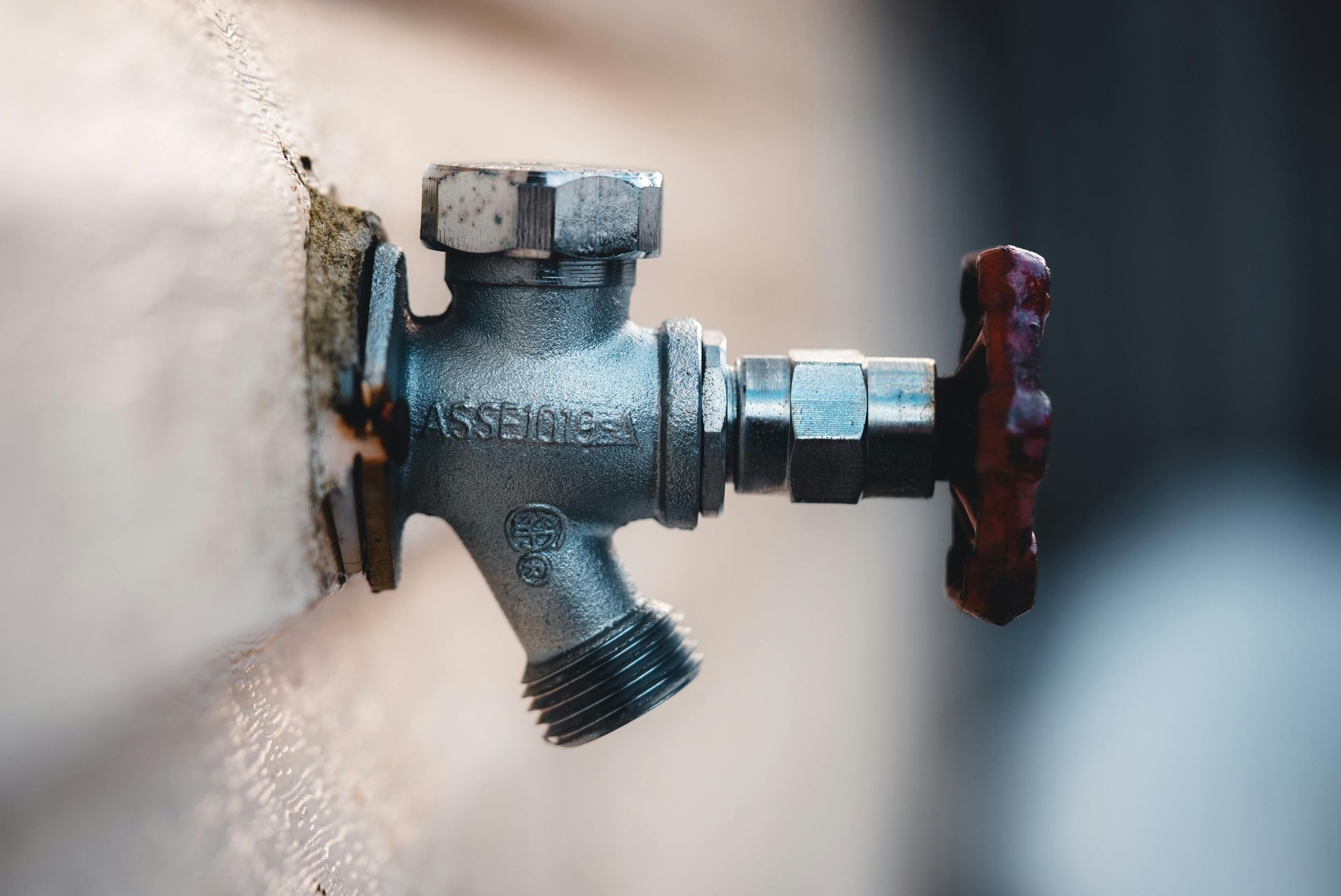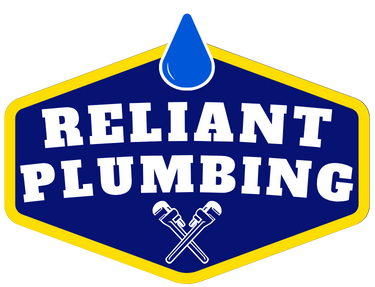
🚰 Exterior Hose Bibbs: What They Are and Why They Matter
These small outdoor faucets play a big role in protecting your home and making everyday tasks easier—if they’re installed and maintained correctly.

Introduction
Whether you’re watering the lawn, washing your car, or filling a kiddie pool, chances are you’re using your exterior hose bibb—also known as an outdoor faucet or sillcock. But while they’re often overlooked, these outdoor plumbing fixtures can cause serious water damage or frozen pipe disasters if neglected.
If you live in Cambridge, ON, where freezing winters and hot summers put your plumbing to the test, it’s worth understanding how hose bibbs work, what can go wrong, and how to keep them in top shape.
1. What Is a Hose Bibb?
A hose bibb is the outdoor faucet attached to your home’s exterior wall, usually in the front or back yard. It connects directly to your home’s plumbing system and allows you to hook up a garden hose.
Most homes have at least one or two hose bibbs, typically located near the foundation or basement-level plumbing.
2. Common Uses for Hose Bibbs
Hose bibbs make a lot of outdoor tasks easier:
- Watering lawns, gardens, and flower beds
- Washing your car or driveway
- Filling up pools or buckets
- Connecting sprinklers
- Cleaning outdoor furniture
Because they’re used often, they also endure a lot of wear—and should be checked regularly to avoid problems.
3. Problems with Hose Bibbs in Cold Climates 🧊
In places like Cambridge, freezing temperatures are a major threat to hose bibbs. If water is left inside the pipe during winter, it can freeze, expand, and burst the pipe inside your wall—leading to major indoor flooding.
Signs of frost-related hose bibb issues:
- Cracked or split pipe inside the wall
- Leaking inside the basement after turning the bibb on
- No water flow or low pressure
4. What Is a Frost-Free Hose Bibb?
A frost-free hose bibb is a specially designed outdoor faucet that keeps the water shut off further inside the house, away from cold exterior walls.
Benefits include:
- Less risk of frozen pipes
- Better protection against burst pipe damage
- Peace of mind during winter
If your home doesn’t already have frost-free hose bibbs, upgrading is a smart move—especially before the cold season hits.
5. How to Prevent Hose Bibb Damage
Avoid costly repairs by following a few simple steps:
✅
Shut off the interior water supply to the bibb before winter
✅
Drain the outdoor line and remove the hose
✅ Install
hose bibb covers for extra insulation
✅
Check for leaks in spring when you turn the water back on
✅ Upgrade to a
frost-free model if yours is outdated
6. When to Replace or Repair a Hose Bibb
Call a professional plumber if you notice:
- Water spraying or leaking from the spout or wall
- The bibb won’t fully shut off
- Loose handle or damaged threads
- Water leaking into the basement when the faucet is used
Older hose bibbs can rust, corrode, or develop worn washers over time. Replacing them before they fail completely is always the safer (and cheaper) option.
Final Thoughts
While they may seem minor, hose bibbs are an important part of your home’s plumbing system—especially in Cambridge’s climate. Whether you’re using them every day in summer or protecting them in winter, staying on top of hose bibb maintenance helps avoid frozen pipe disasters, flooding, and unnecessary plumbing repairs.
If you're unsure whether your hose bibbs are frost-free or need replacing, Reliant Plumbing is here to help. We inspect, upgrade, and winterize hose bibbs across the Tri-Cities.
